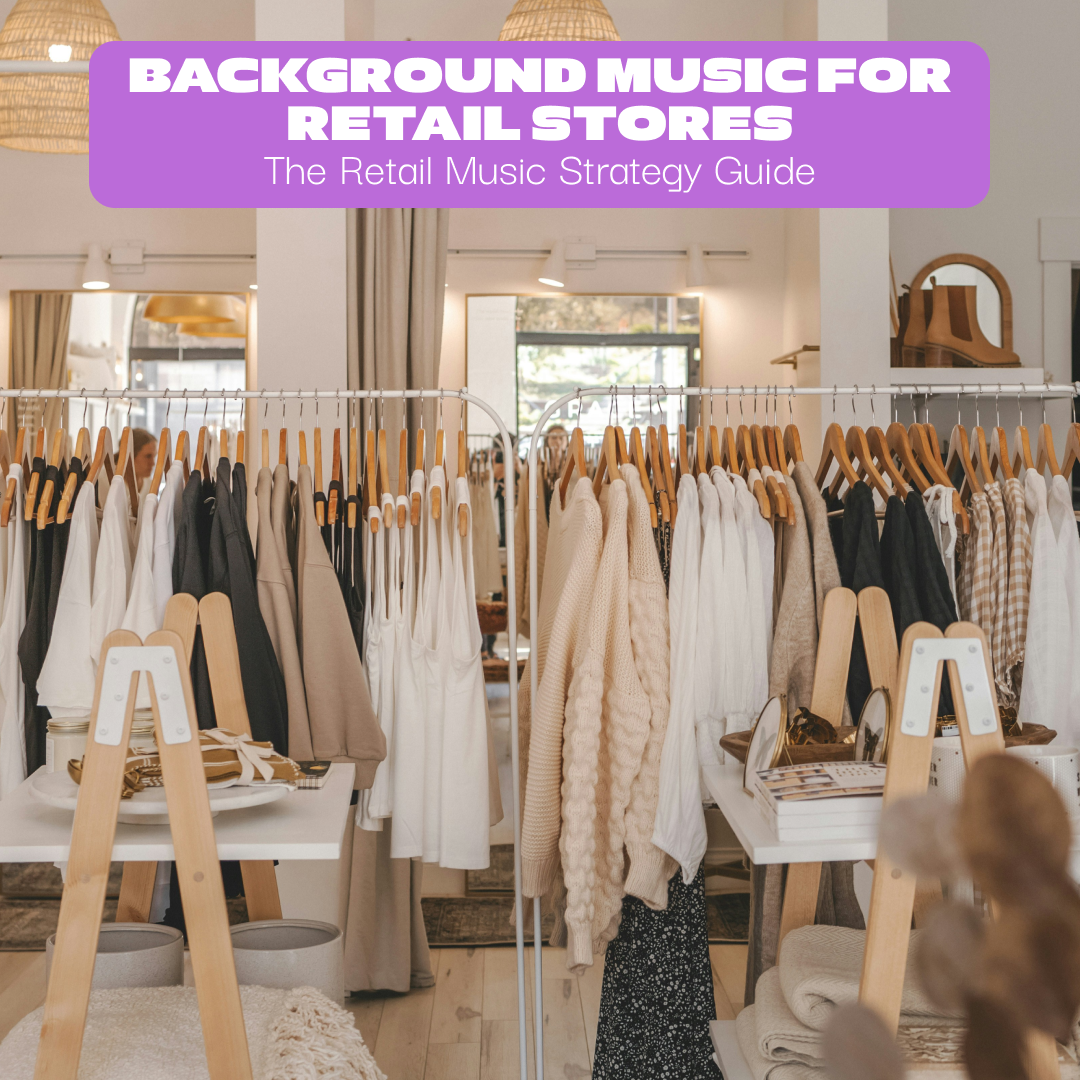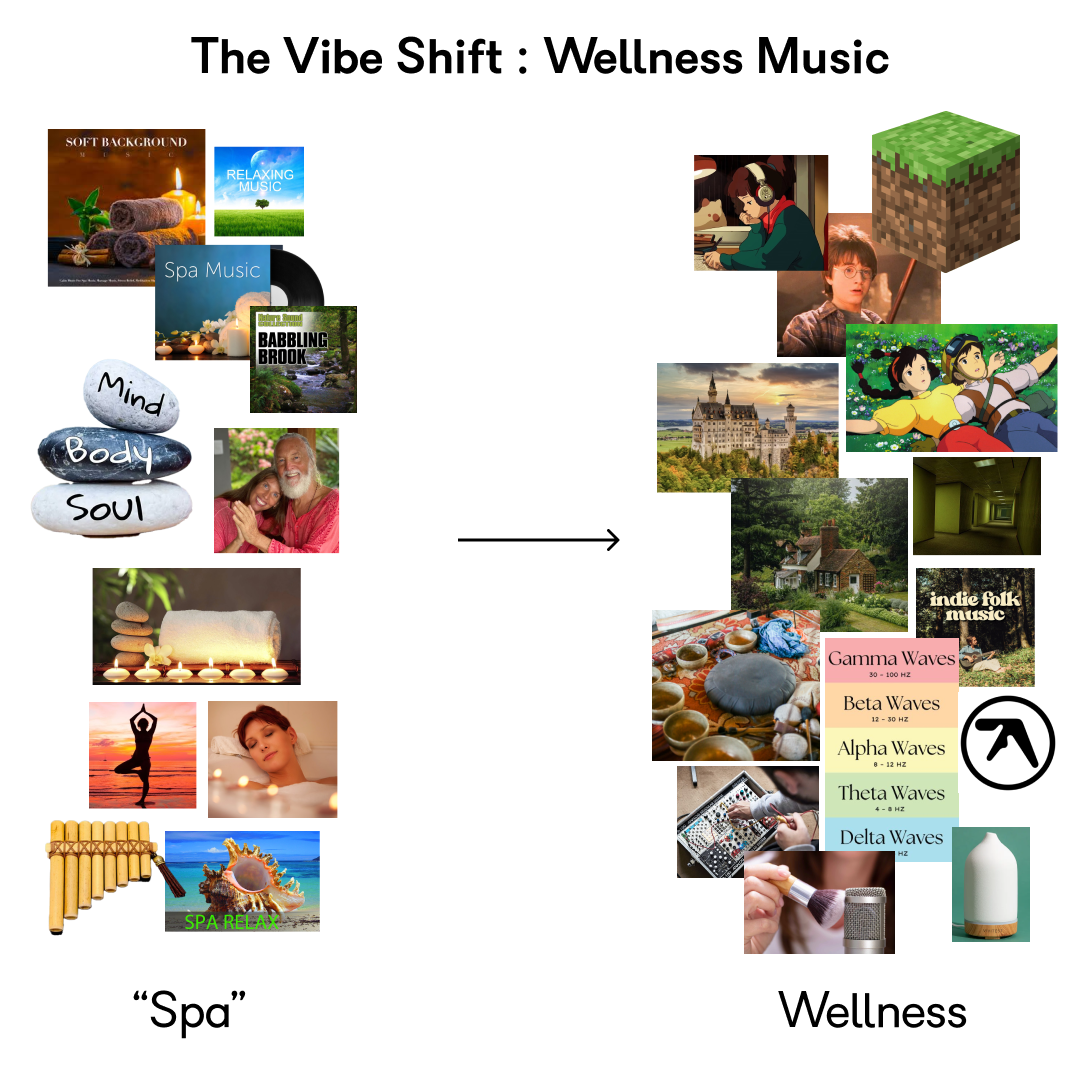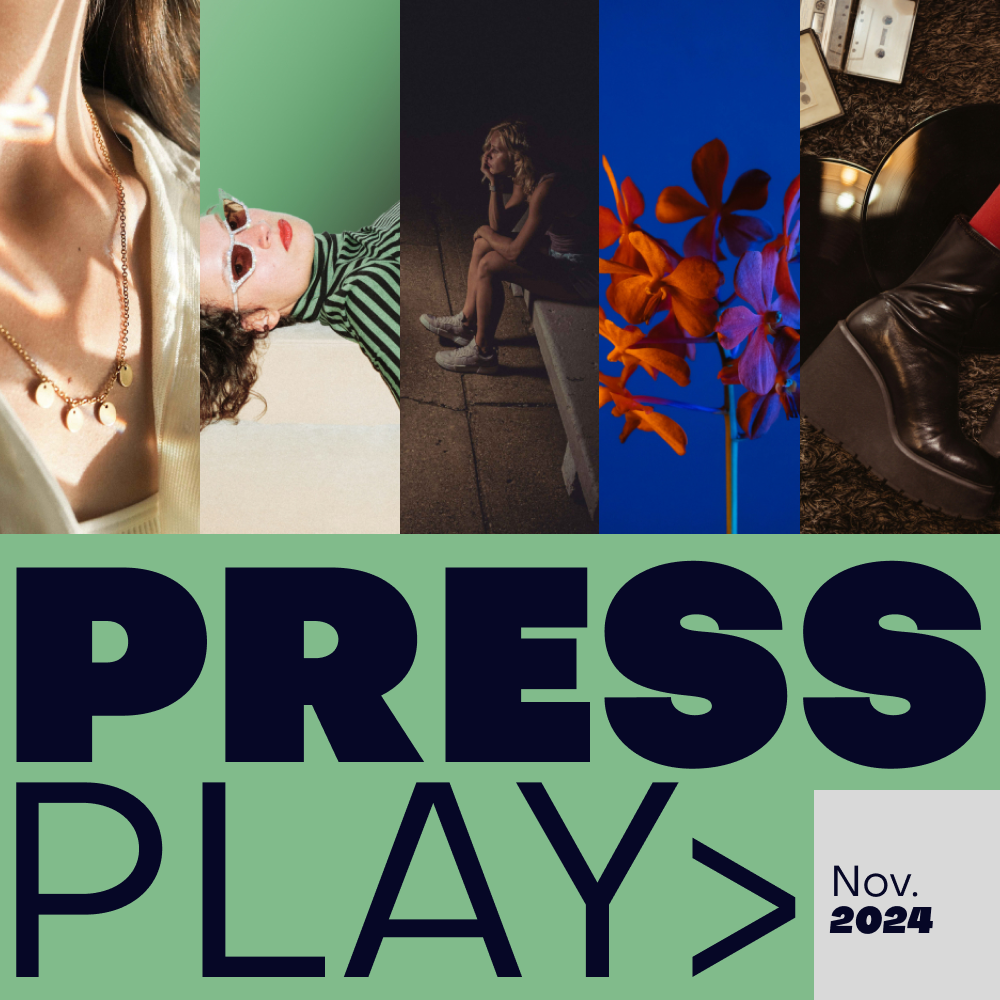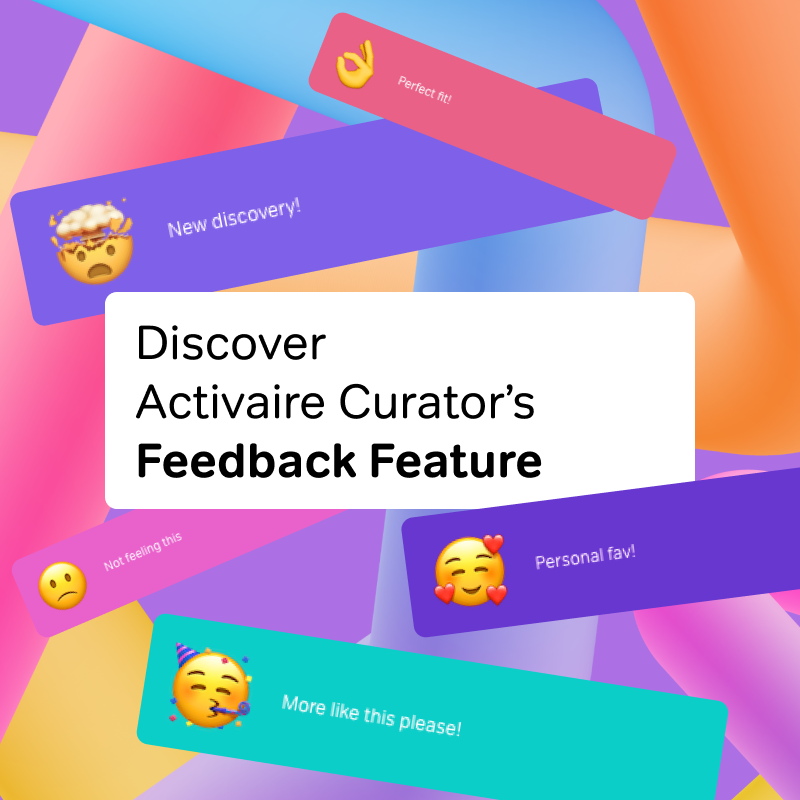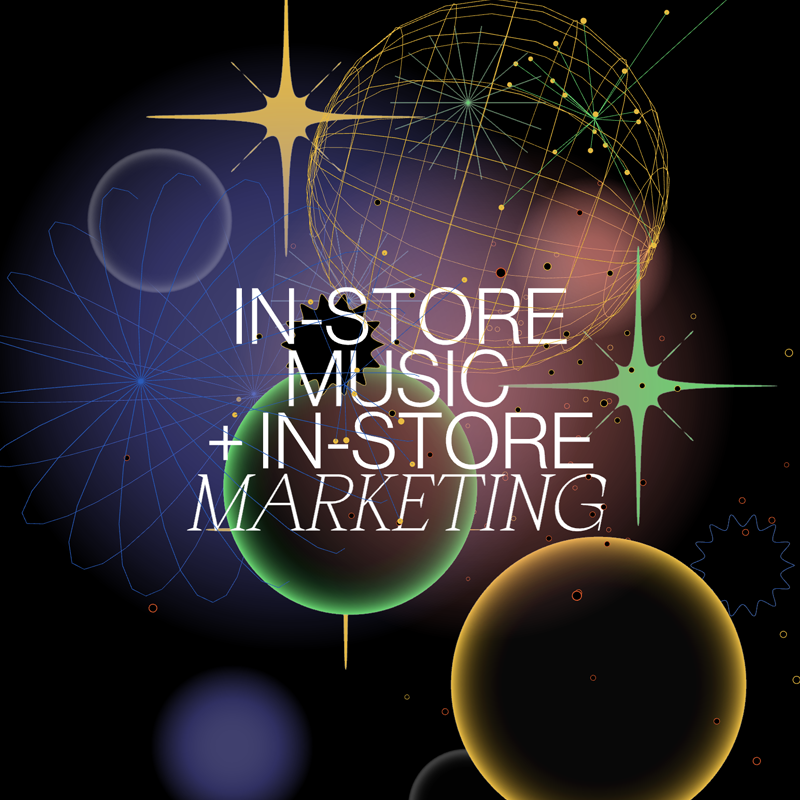Learn how music impacts your store experience
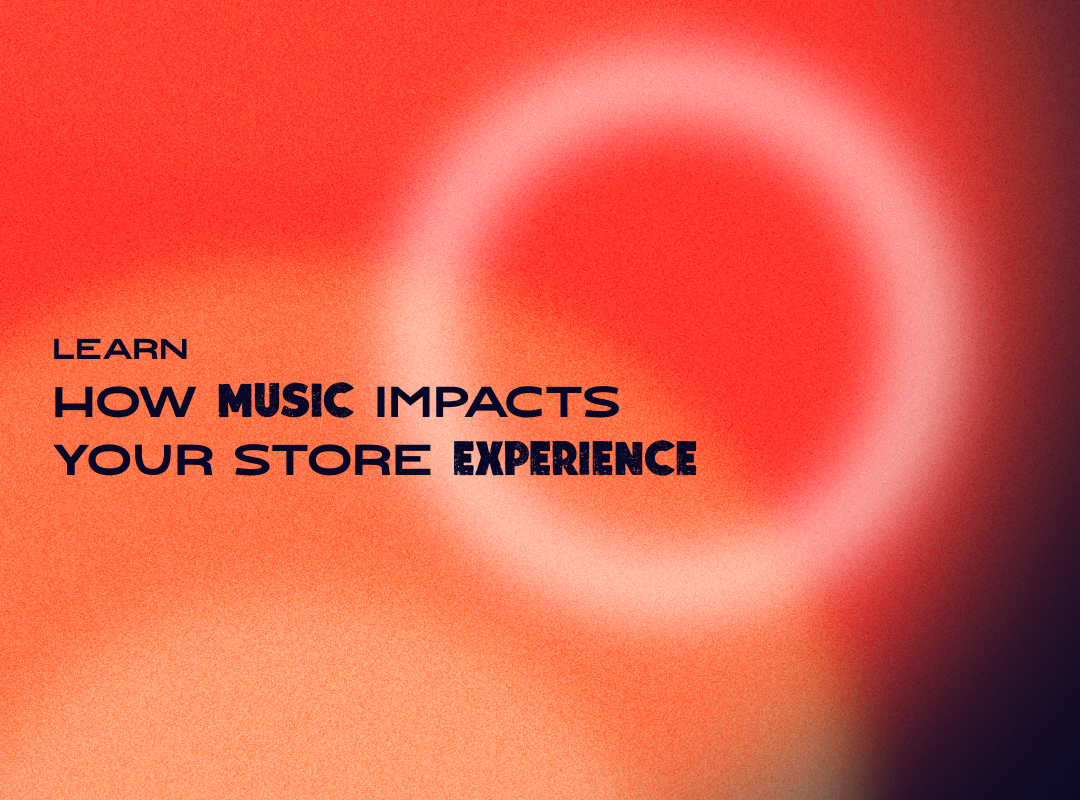
Did you know music elicits an emotional reaction from listeners in 1.4 nanoseconds? It’s incredible but true. Every moment a customer spends in your store is valuable, so as retailers, you can only afford to take advantage of this opportunity to instantly make an emotional brand impression. Whether or not that impression is positive or negative depends on some factors.
What happens at that first moment of listening?
Let’s break it down. The first thing we recognize at the start of listening is the Genre of the music. We can immediately determine whether we hear rock, dance, jazz, or classical (for example) by evaluating the instrumentation and the music style.
Next, we place the Artist. Do we recognize their voice, and do we know the song itself? Does it conjure memories, or are we forming a fresh association between the music and the current place?
Based on a combination of genre, artist, and recognizability, we evaluate the Context of the brand environment. When music aligns with a scene’s visual elements, it builds a narrative around the brand story, which is engaging. This creates a POSITIVE brand impression, and it happens instantaneously.
What happens DURING the store visit?
If we stick around, the music’s Tempo starts to take effect. It’s called “Entrainment,” and it’s simple to understand. Fast music makes us walk faster, and slower music calms us down. Speedier music is motivating, but slower music can be enticing. If you have a large store with a lot of products, the fast pace gets you through the entire space. If you have a small place, let’s slow down the pace and encourage people to browse.
Intensity is the next factor we come to: how heavy or light a song feels. The rule of thumb is that intensity should correlate to your Foot Traffic; your music should have more intensity when you have more people in your store. Think about how a crowd feels more like a party with music. When foot traffic swells, the music should have more presence and subside as the crowd thins for a dynamic experience.
Lastly, studies show that familiarity directly correlates to dwell time. Overly familiar music DECREASES dwell time because it creates a feeling like we’ve “been there and done that.” Played-out music shaves time from a customer’s visit and decreases the likelihood of spending.
Music creates a focal point.
Since music leverages an emotional response, it’s ideal to do this as early as possible. Music at the entrance creates a dramatic brand position statement. Audible music at key points throughout the store will encourage people to linger around design elements such as unique displays. Playing music in areas with lines, such as changing rooms or the cash wrap, helps lessen the pain points of wait time. Music can be experienced as pleasurable both when it fulfills and violates expectations. The more unexpected the events in music, the more surprising is the musical experience.
Music can be experienced as pleasurable both when it fulfills and violates expectations. The more unexpected the events in music, the more surprising is the musical experience.
